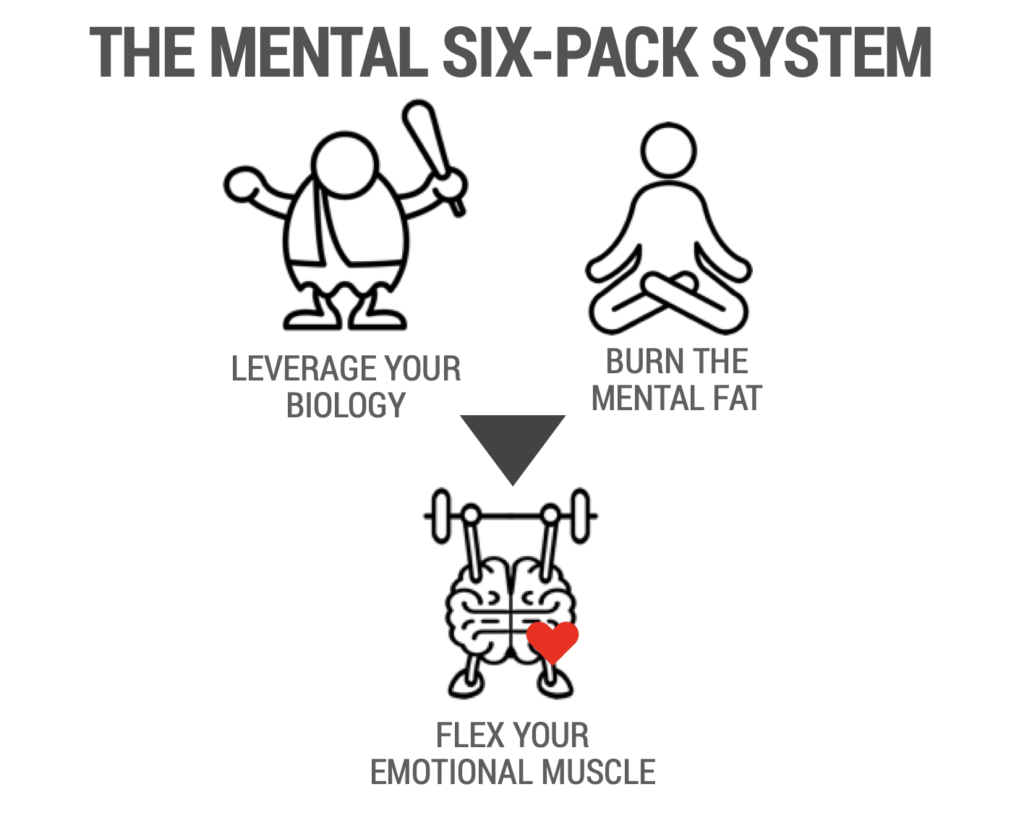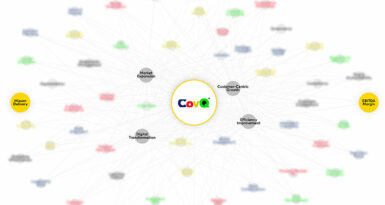
Ted, the CEO of a tech scale-up, raised almost $100 million in VC funding last year and is in high-growth mode, expanding his business across Europe and the US.
When we started working together, he told me he felt very reactive — jumping into action without thinking through details or identifying priorities. He never felt fully present and his mind was always racing, especially at night. Despite all his accomplishments, he had an inferiority complex and avoided asking for help. Life, in his words, felt very transactional.
Welcome to the modern-day version of survival.
Neuroscience studies have shown that when our brain perceives threats in our social environment — to our status or autonomy, for example — it reacts in the exact same way it does to physical threats: It triggers the “fight or flight” stress response.
That stress response affects our cognitive functioning in three key ways:
- It causes us to over-focus on perceived threats, making us easily distracted or reactive. Afraid to be seen as weak, we become aggressive or defensive.
- It impairs analytic thinking, creative ability and problem solving — the cognitive capabilities that leaders need most.
- It produces cortisol, which lowers testosterone, the hormone that helps us recognise opportunity and take action instead of holding back in fear and indecisiveness.
With pandemics, semiconductor shortages and wars as external stressors, it’s more important than ever for leaders to manage ingrained stress responses, so they can make clear-headed decisions about what matters most.
Why “survival mode” persists
Why do people tolerate being in survival mode? Here’s what I’ve observed with my clients:
- They know that they have unhealthy levels of stress but they think, “Well, that’s just the price to pay for success.”
- They actually rely on the adrenaline of a tight deadline or potential failure to stop procrastinating and shift into high gear.
- They have a high tolerance for stress, so they overestimate their ability to cope and don’t even recognise to what degree they’re in survival mode because it’s been their mode of operation for so long.
(One of my executive clients was grinding his teeth and had acid reflux — signs that chronic stress was, in fact, taking a toll on his health — and yet, he rated his stress level as a 4 on a scale of 10.)
It’s the worst of both worlds: Psychologically, they need external pressure to perform better. But that very pressure affects their ability to function optimally.
Circumventing “fight or flight”
We need a different approach.
The usual stress management tips — sleep, exercise, mindfulness — are a good place to start, but they don’t address the root cause, or the three cognitive mistakes our survival-oriented brain routinely makes:
- overestimating threats
- underestimating opportunities
- underestimating resources (for handling threats and taking advantage of opportunities).
In my work with clients, I teach them how to get a “mental six-pack” by mastering their stress response.
1. Identify the “stealth triggers.” Our interpersonal environment presents thousands of micro-stressors that revolve around what I call the FASTT triggers:
FUTURE: Can I predict what’s going to happen?
AUTONOMY: Do I have control over what I do?
STATUS: What’s my relative standing?
TRIBE: Am I part of the group?
TIME: Will I have enough?
Although they may not set off full-blown “fight or flight” reactions, the minor annoyances of FASTT triggers — a last-minute change to the schedule, a difficult VP — still increase cortisol levels by 15%.
Over time, the impact of these micro-stressors accumulates, wearing down the body’s immune system and impacting the ability to perform in a real crisis situation.
I found this distinction particularly marked in my work with military Special Forces. It wasn’t the dangerous missions or potential altercations with African warlords that the teams found stressful. Rather, it was the emotional stress of telling their significant other that they were going to be deployed again without a break, or returning home and feeling like an outsider with their own family.
By mapping out a matrix of potential FASTT triggers in these situations, clients are keenly aware of their own emotional reactions and can prepare a better response.
2. Interrupt “emotional loops.” As I observed the redundant thinking and emotional habits — second-guessing, worrying, procrastination, people-pleasing — my clients had developed through their survival reactions, I understood why “positive thinking” isn’t enough to effect change.
Emotions are simply chemical reactions to our thoughts and it’s clear we can become “addicted” to them, subconsciously orchestrating situations to get our emotional “fix”, regardless of what we think we want.
As the only female on her company’s board, my client Belinda was “addicted” to being right. Once she understood the underlying emotional drivers, she created a simple three-step strategy to interrupt her usual pattern of attack when she was triggered. First, she would take a deep breath. Second, she would remember that she was “safe”. Third, she would be curious. After years of feeling minimized, she was able to step up her leadership in guiding the new CEO and facilitating effective decisions during the early days of Covid-19.
3. Practice “micro-shifts.” Only once leaders have shifted out of the vigilant focus of survival mode and self-protection can they find space for creative thinking and reflection, and to express curiosity, empathy and vulnerability.
Making micro-shifts takes commitment to being more intentional and getting used, through practice, to the behaviors of the leader they want to become.
But the pay-off is significant.
Ted elevated his performance to a whole new level. By shifting out of survival mode, he had more real-time awareness of his own emotions (and ego) and subtle cues from others. As he focused less on self-protection and more on service, he stopped shying away from conflict and developed a reputation for not being afraid to speak up about hard topics. As a result, he turned around a dysfunctional team in 90 days, tripling team output. The icing on the cake: He accomplished this transformation in the first year of being a new father.
Even though humans are wired for survival, we have the ability to re-train ourselves. Because your company may be in survival mode but you don’t have to be.




